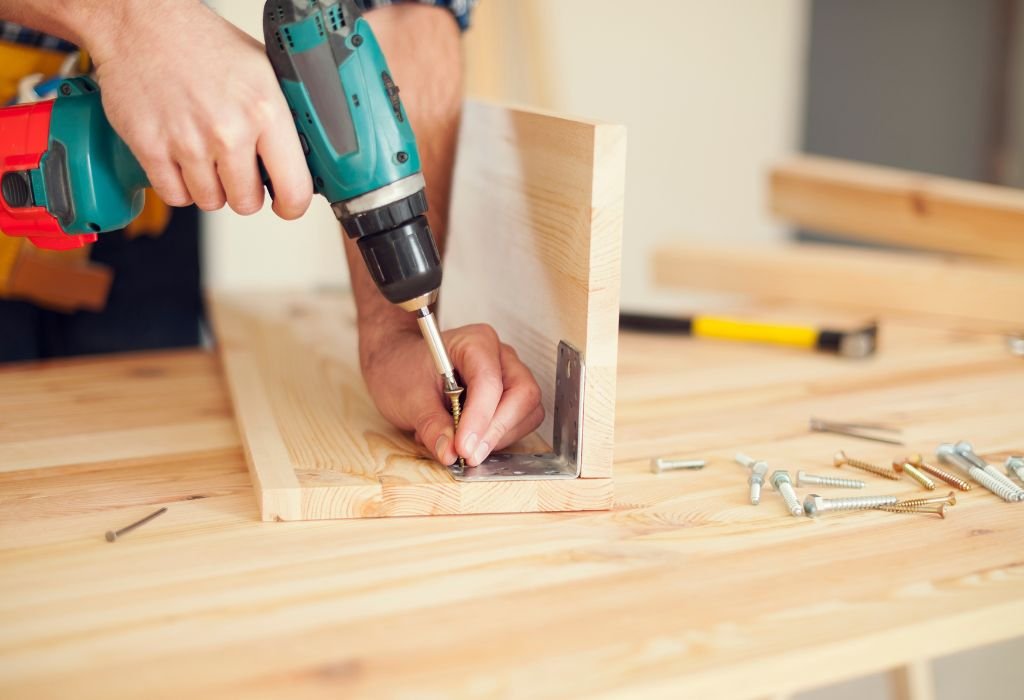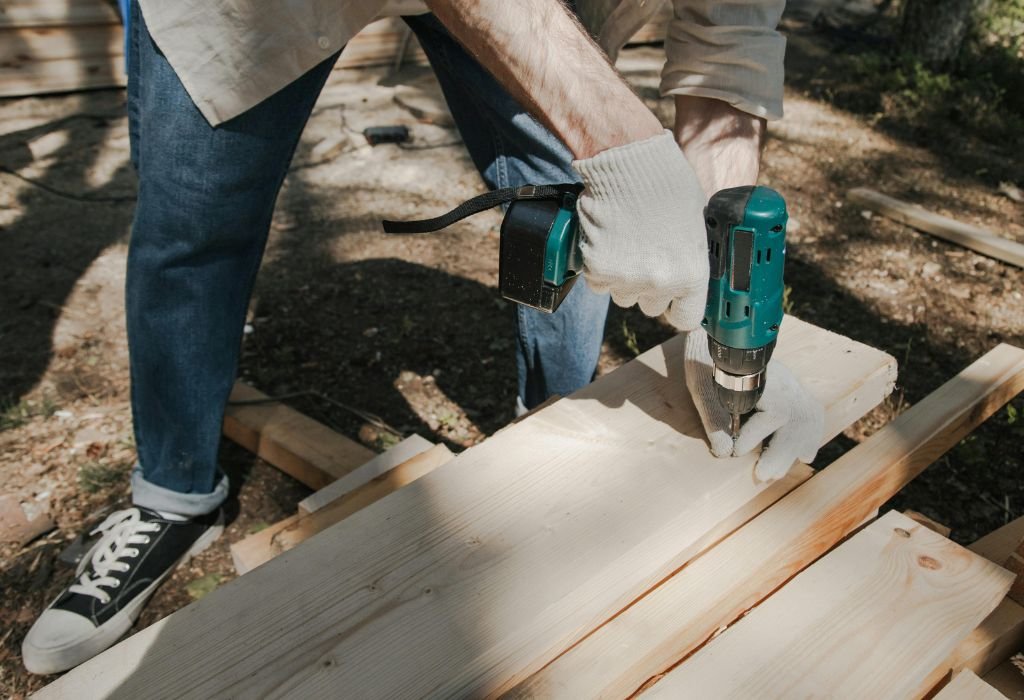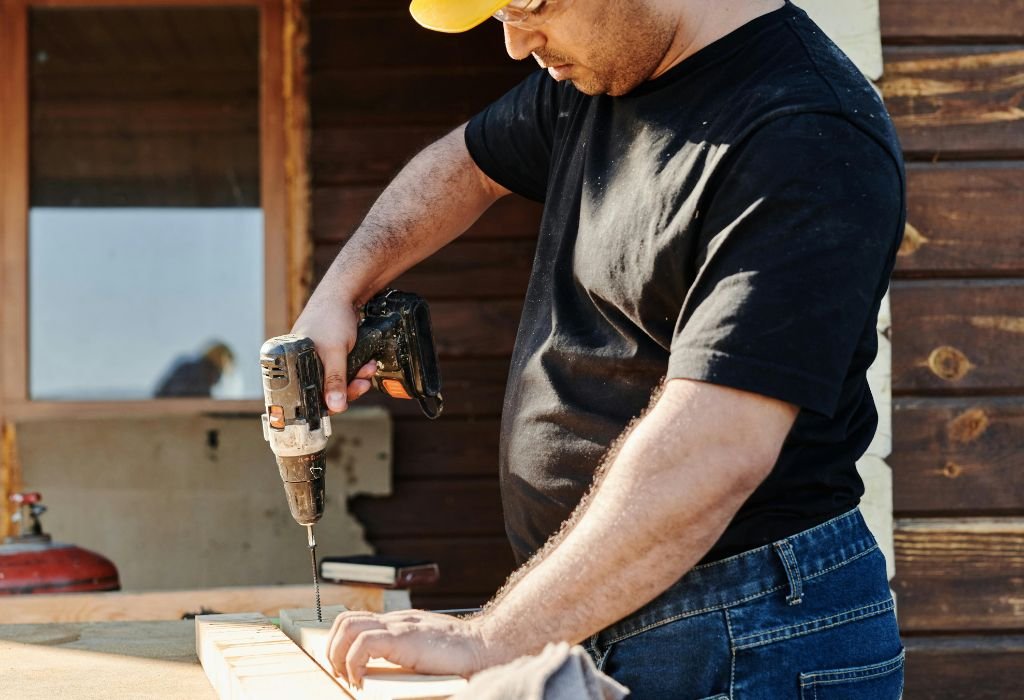Heavy-duty projects demand tools that can handle stress, power, and long hours without slowing down.
Many homeowners and professionals often realize mid-way through a tough job that their standard cordless drill simply lacks the strength to push through dense materials.
This is where a heavy-duty cordless drill comes in, designed specifically to deliver higher torque, better durability, and longer runtimes.
The global power tools market is expected to reach $40 billion by 2028 [source], and heavy-duty cordless drills are a driving force behind this growth.
With advancements in motor technology and battery efficiency, these tools now rival the performance of many corded models.
If you’ve ever wondered what sets heavy-duty cordless drills apart from the rest, this guide breaks it all down for you.
By the end, you’ll know exactly which features to look for before making your purchase.
Read More: how to use a cordless drill
What Defines a Heavy Duty Cordless Drill?

A heavy-duty cordless drill is built for demanding applications like drilling into masonry, driving large screws, or mixing concrete compounds.
Unlike standard drills, it delivers higher torque, sustained speed, and better control even under load.
Most heavy-duty drills have reinforced housings and ergonomic designs that withstand harsh job site conditions.
They often feature powerful brushless motors that maximize efficiency and reduce wear over time.
Cordless convenience means you can work without being tied to power outlets while still maintaining industrial-level performance.
This combination of portability, power, and durability is what sets heavy-duty drills apart from everyday models.
Motor Power: The Heart of Heavy Duty Drills
The motor is the core of any heavy-duty cordless drill, dictating its speed, torque, and overall performance.
Brushless motors are now the standard in premium drills because they generate less heat, last longer, and deliver more consistent power than brushed motors.
They adjust power output based on the material and load, ensuring efficiency and extending battery life.
With powerful motors, these drills can maintain speed even when tackling dense materials like concrete or steel.
A good heavy-duty drill will list motor specs clearly, so buyers can compare RPM and torque ratings across models.
The right motor transforms a cordless drill from a simple tool into a professional-grade workhorse.
Battery Voltage and Capacity: Fuel for Performance
Heavy-duty cordless drills rely on high-voltage batteries, typically ranging from 18V to 20V or more.
Higher voltage allows the motor to draw more power, increasing torque and drilling capacity.
Battery capacity, measured in amp-hours (Ah), determines how long the drill can run before needing a recharge.
Lithium-ion batteries dominate the market because they offer faster charging, longer lifespans, and lighter weight compared to older technologies.
Some professional models come with swappable battery systems, letting you keep working while the backup pack charges.
When choosing a drill, balancing voltage and capacity ensures both performance and efficiency on the job site.
Torque and Speed Settings: Versatility in Action
Torque refers to the twisting power of the drill, and higher torque means better performance on tough materials.
Heavy-duty drills often feature adjustable torque settings to prevent overdriving screws or damaging surfaces.
Variable speed triggers let you control RPM for precision tasks like drilling pilot holes or delicate materials.
Many models also include multi-speed gearboxes for switching between high torque and high-speed drilling modes.
This versatility makes them suitable for everything from woodworking to metal fabrication.
A drill with customizable speed and torque settings adapts easily to any project requirement.
Build Quality and Durability

Heavy-duty cordless drills are designed to survive rough handling, accidental drops, and harsh weather conditions.
They often feature reinforced plastic or metal housings for extra strength without adding unnecessary weight.
Water and dust resistance ratings ensure reliability on outdoor construction sites.
Some models include rubberized grips that absorb vibrations, reducing operator fatigue during extended use.
Internal cooling systems help prevent overheating during continuous drilling sessions.
Choosing a model with durable build quality ensures your investment lasts for years under heavy workloads.
Drill Chuck and Bit Compatibility
The chuck holds the drill bit in place, and heavy-duty drills typically use metal keyless chucks for better durability.
Keyless designs allow quick bit changes without additional tools, saving time on busy job sites.
A good chuck provides a secure grip, preventing bit slippage even under high torque.
Compatibility with a wide range of drill bits—from masonry to woodworking—adds versatility to the tool.
Some heavy-duty models support quick-change systems for switching between drilling and driving functions effortlessly.
Bit compatibility ensures your drill can handle multiple materials and applications without limitations.
Safety Features and Ergonomics
Powerful tools require safety features to protect both the user and the tool itself.
Anti-kickback technology helps prevent the drill from twisting violently if the bit jams unexpectedly.
LED work lights illuminate dark corners, improving accuracy in low-light conditions.
Overload protection safeguards the motor and battery from overheating or electrical failures.
Ergonomic handles with soft grips reduce strain, allowing for longer and safer operation.
Safety features combined with user comfort make heavy-duty drills more reliable and easier to control.
Additional Features That Add Value
Some heavy-duty cordless drills come with extra features that improve convenience and productivity.
Built-in belt clips allow hands-free carrying between tasks, ideal for professionals on ladders or rooftops.
Integrated bit holders keep accessories organized and accessible during work.
Advanced models may offer Bluetooth connectivity for battery diagnostics and usage tracking.
Multiple drilling modes, such as hammer and impact functions, expand the drill’s capabilities.
These value-added features can make a big difference in efficiency and overall user experience.
Price vs. Performance: Finding the Sweet Spot
Heavy-duty cordless drills come in a range of price points, from budget-friendly options to premium professional models.
Entry-level heavy-duty drills may lack some advanced features but still deliver solid performance for DIYers.
Mid-range models balance cost and functionality, making them ideal for small contractors or hobbyists.
High-end drills offer maximum power, durability, and smart features suited for industrial applications.
Comparing price with required features ensures you don’t overpay for unnecessary capabilities.
Finding the sweet spot helps you get the best return on your investment.
Common Mistakes to Avoid When Choosing a Heavy Duty Drill

Many buyers focus solely on voltage ratings without considering torque and motor efficiency.
Some ignore ergonomics, ending up with a drill that’s too heavy or awkward for long-term use.
Failing to check battery compatibility can lead to limited upgrade options later.
Overlooking warranty terms may result in expensive repairs if the tool fails prematurely.
Avoiding these mistakes ensures you choose a drill that meets your current and future needs.
Conclusion
A heavy-duty cordless drill combines power, durability, and versatility to handle tough jobs efficiently.
Key features like motor strength, battery capacity, torque settings, and safety technology define its performance.
By understanding what to look for, you can invest in a drill that delivers reliable results for years.
Use this guide as a checklist before buying, and you’ll find the perfect balance between power, features, and cost.
FAQs
What voltage is best for a heavy-duty cordless drill?
Most professionals recommend at least 18V or 20V for demanding applications.
Are brushless motors worth the extra cost?
Yes, they last longer, run cooler, and deliver more power with less battery drain.
How long do heavy-duty cordless drill batteries last?
On average, lithium-ion batteries last 3–5 years or 300–500 charge cycles.
Can a heavy-duty drill handle masonry and concrete work?
Yes, especially if it includes a hammer drilling mode.
What’s the difference between torque and speed in drills?
Torque measures twisting power, while speed refers to how fast the drill bit spins.
Are hammer drills and heavy-duty drills the same?
Not always; hammer drills are a subset with added percussive force for masonry.
How do I maintain a heavy-duty cordless drill?
Keep it clean, charge batteries correctly, and store in a dry location.
What safety features should I look for?
Anti-kickback, overload protection, and LED lights are essential.
Do heavy-duty drills come with universal bit compatibility?
Most support standard bit sizes, but always check chuck specifications.
How much should I spend on a quality heavy-duty cordless drill?
Expect to pay between $150 and $400 depending on features and brand reputation

I’m John F. Nicholas, the founder, lead writer, and drill enthusiast behind 101drill.com. With years of hands-on experience in power tools and DIY projects, I created this platform to share practical knowledge, expert tips, and real-world insights to help others master the art of drilling.
